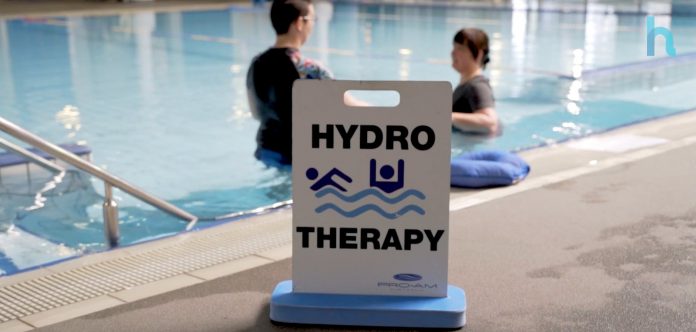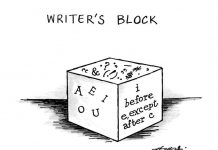Hydrotherapy is a relatively new word for a practice that dates back centuries, to the bathing houses of ancient Rome – and much earlier. Water is important in many holistic practices, but water therapy or the “water cure” goes one step further.
In hydrotherapy, diseases and conditions are treated by immersion in pools of healing water, by applying hot and cold compresses to the body, or using a sauna, sitz bath, foot bath, or steam.
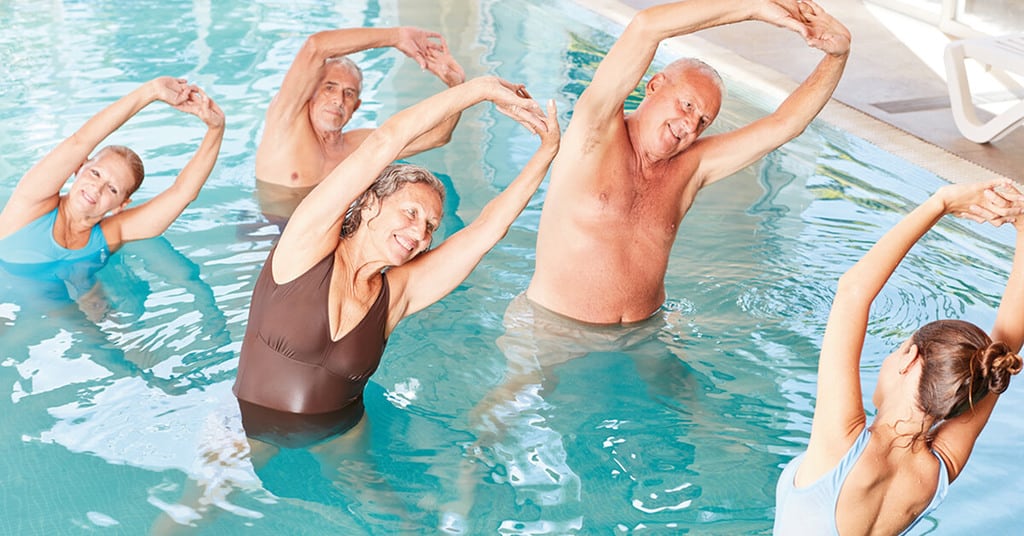
The History of Hydrotherapy
Hydrotherapy can increasingly be found in North American spas and health centers but it is much more common across Europe and Asia, where the practice has a long history in both medicine and culture.
Healing baths and spas were used by the Ancient Greeks, Romans, Chinese and Japanese. In Ancient Egypt, royalty bathed with essential oils, while in Japan and Rome bathing revolved around the healing hot springs, “onsen” to the Japanese and “thermae” to the Romans.
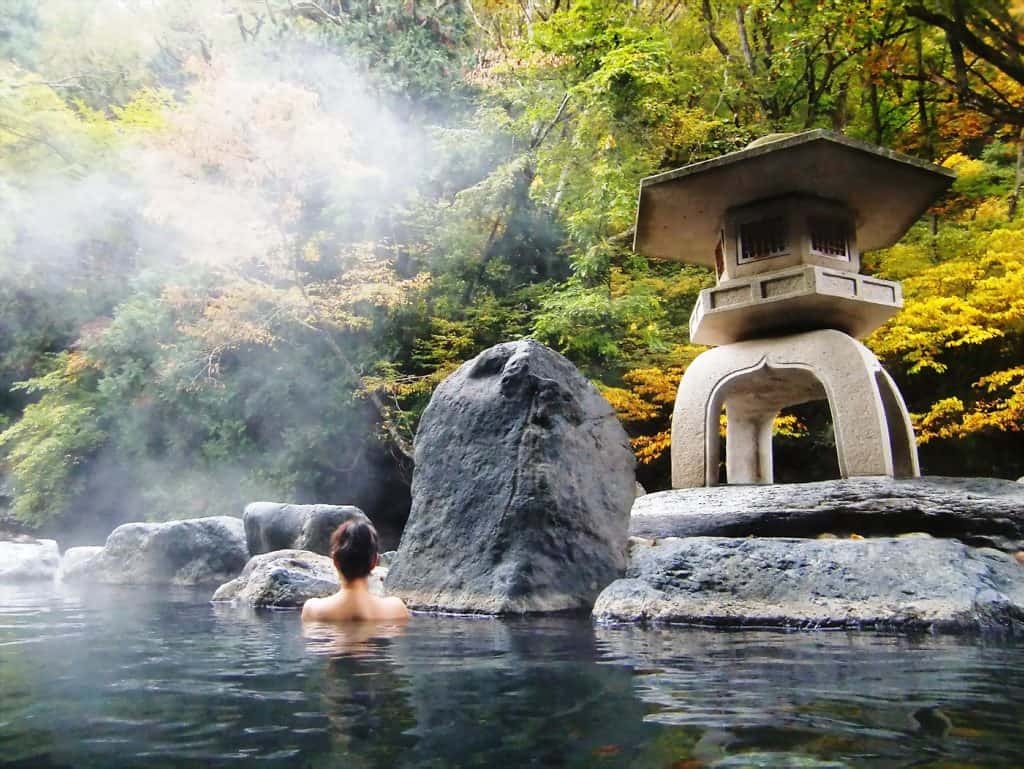
Hydrotherapy was revived in the 18th and 19th centuries as a medical practice called “hydropathy” (Greek for “water cure”) which was popularized by Vincenz Priessnitz beginning around 1829. Priessnitz’s water cure has been used by a variety of doctors and therapists ever since, eventually becoming part of today’s spa trend.

Hydrotherapy Treatments
Hydrotherapy has grown from a single practice – the use of water in healing – to encompass dozens of different forms of water therapy. These fall into four general types of hydrotherapy offered by spas, health clinics, and medical centers today:
- Immersion: The original and still the most prevalent type of hydrotherapy in Europe, bathing pools, hot tubs, sitz baths, foot baths and more are a very powerful form of hydrotherapy.
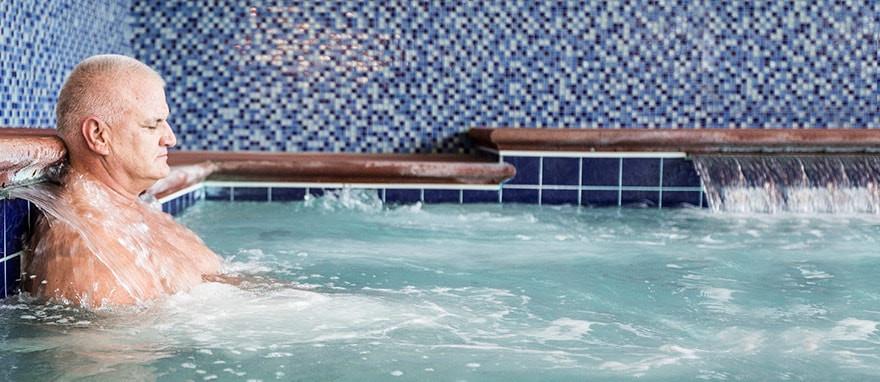
Hot and cold swims, baths and showers are said to boost the immune system, lessen pain and speed recovery from many illnesses. Epsom salts, sea salt, essential oils, or mud may be added to the waters.
- Compresses or application: Water compresses or wraps are applied to the body, alternating between hot and cold for therapeutic benefit to the immune system, digestion, circulation, detoxification, and other benefits to the body.
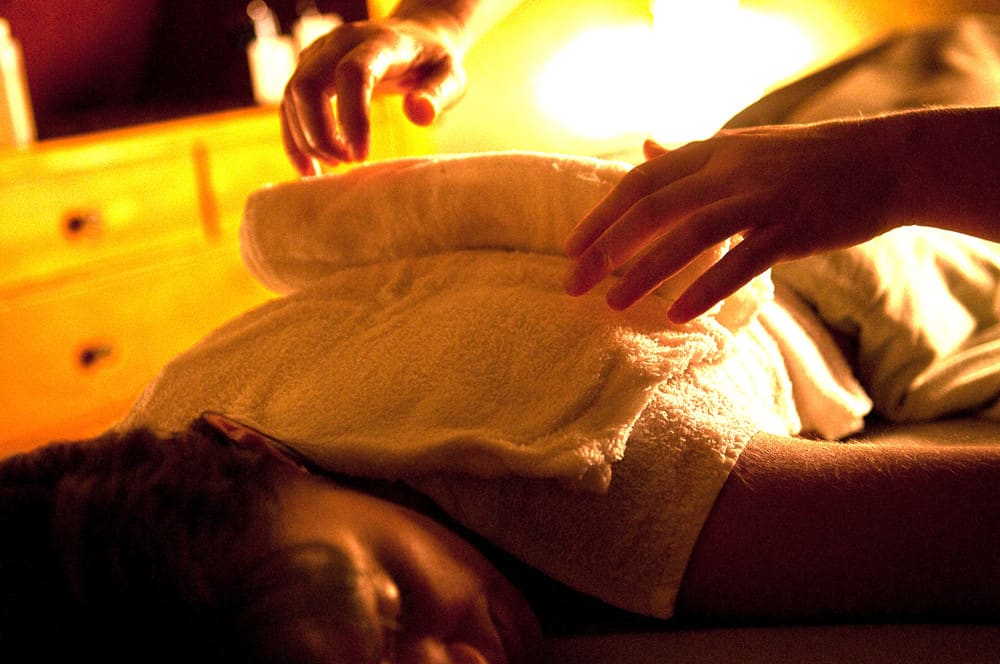
This is sometimes known as constitutional hydrotherapy.
- Colon Hydrotherapy: Often called simply colonics or an enema, this practice is intended to cleanse the colon to improve immunity, detoxification, digestion and energy levels.
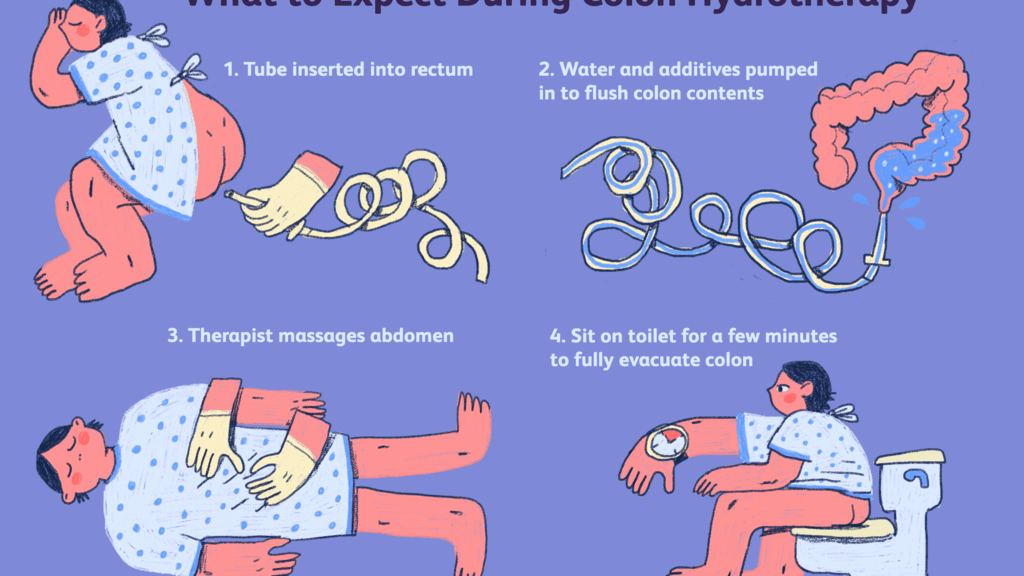
- Sauna: Saunas, steam baths, and Turkish baths employ heat to detoxify the body and improve immunity and energy levels.
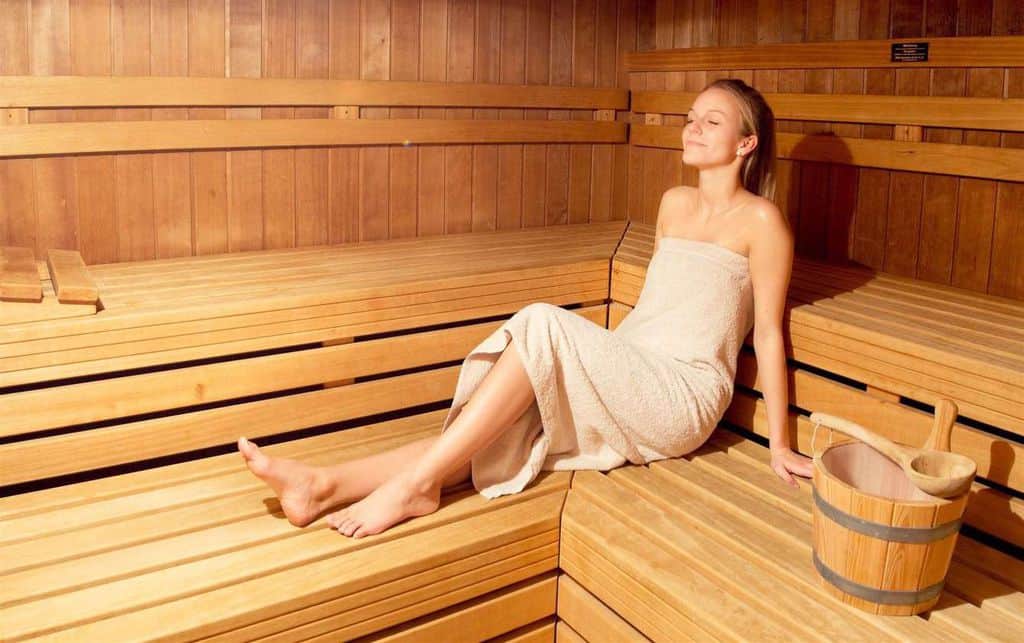
Drinking water and herbal drinks were once considered a part of hydrotherapy, but today these kinds of remedies are commonly used in naturopathic medicine and other treatments and are not really considered hydrotherapy.


